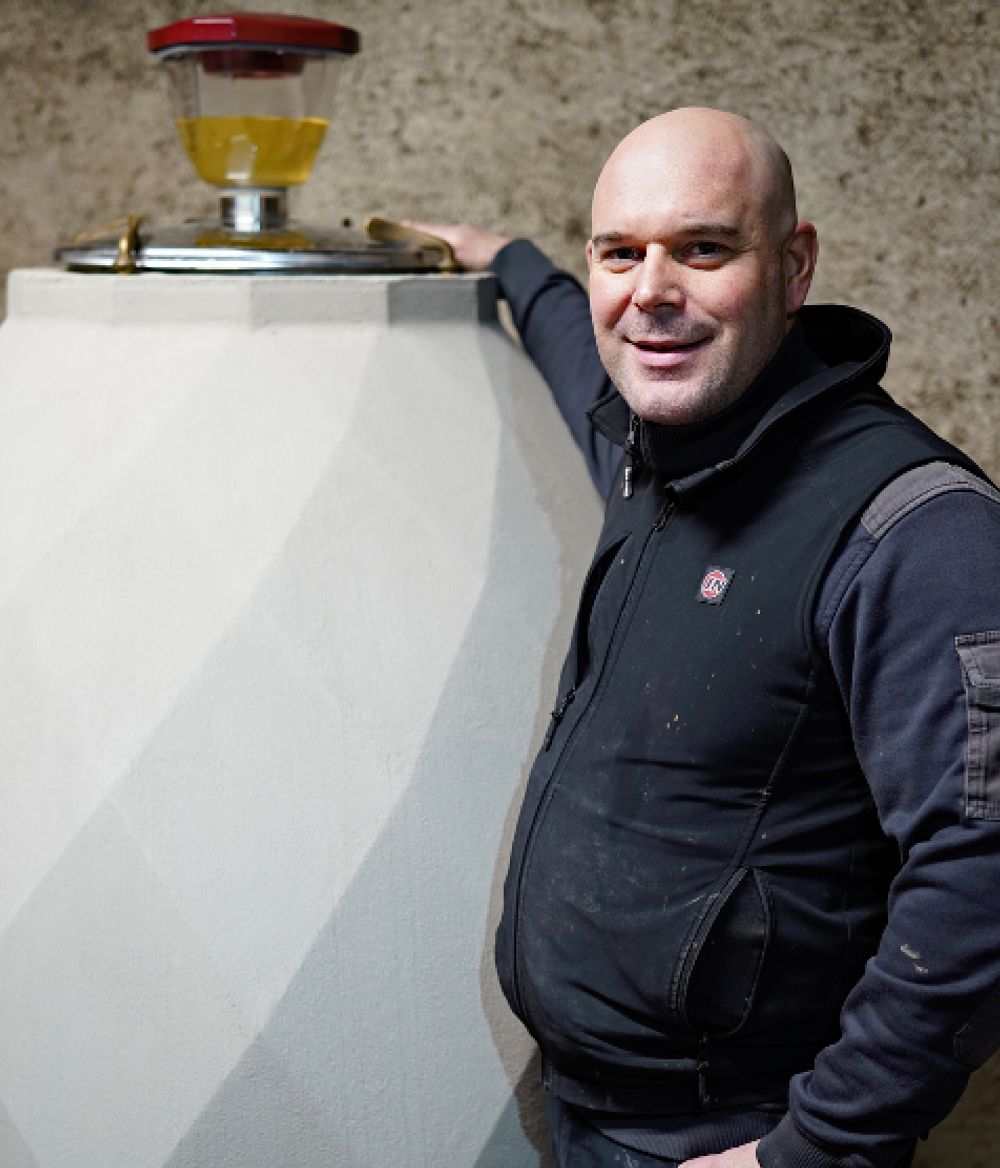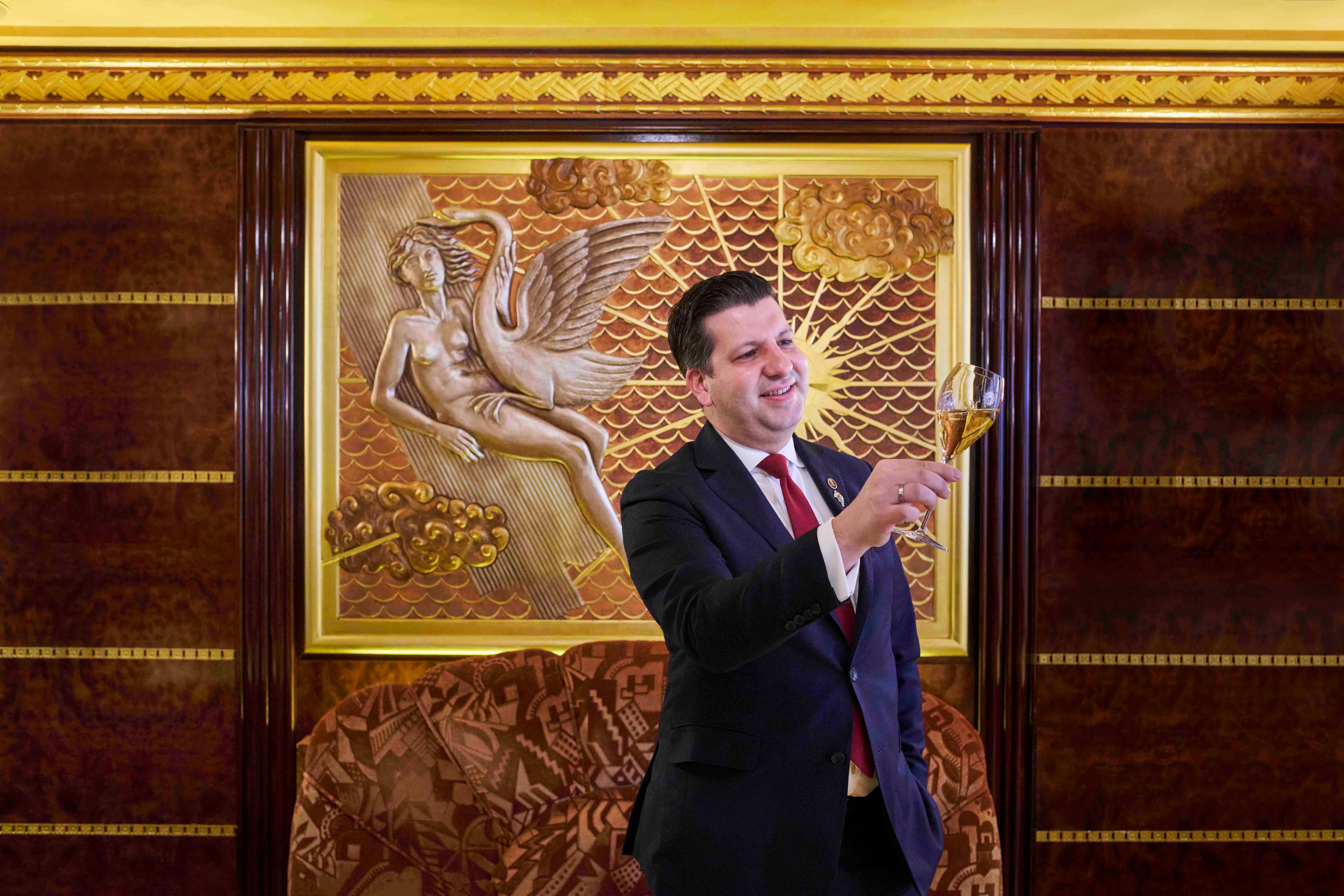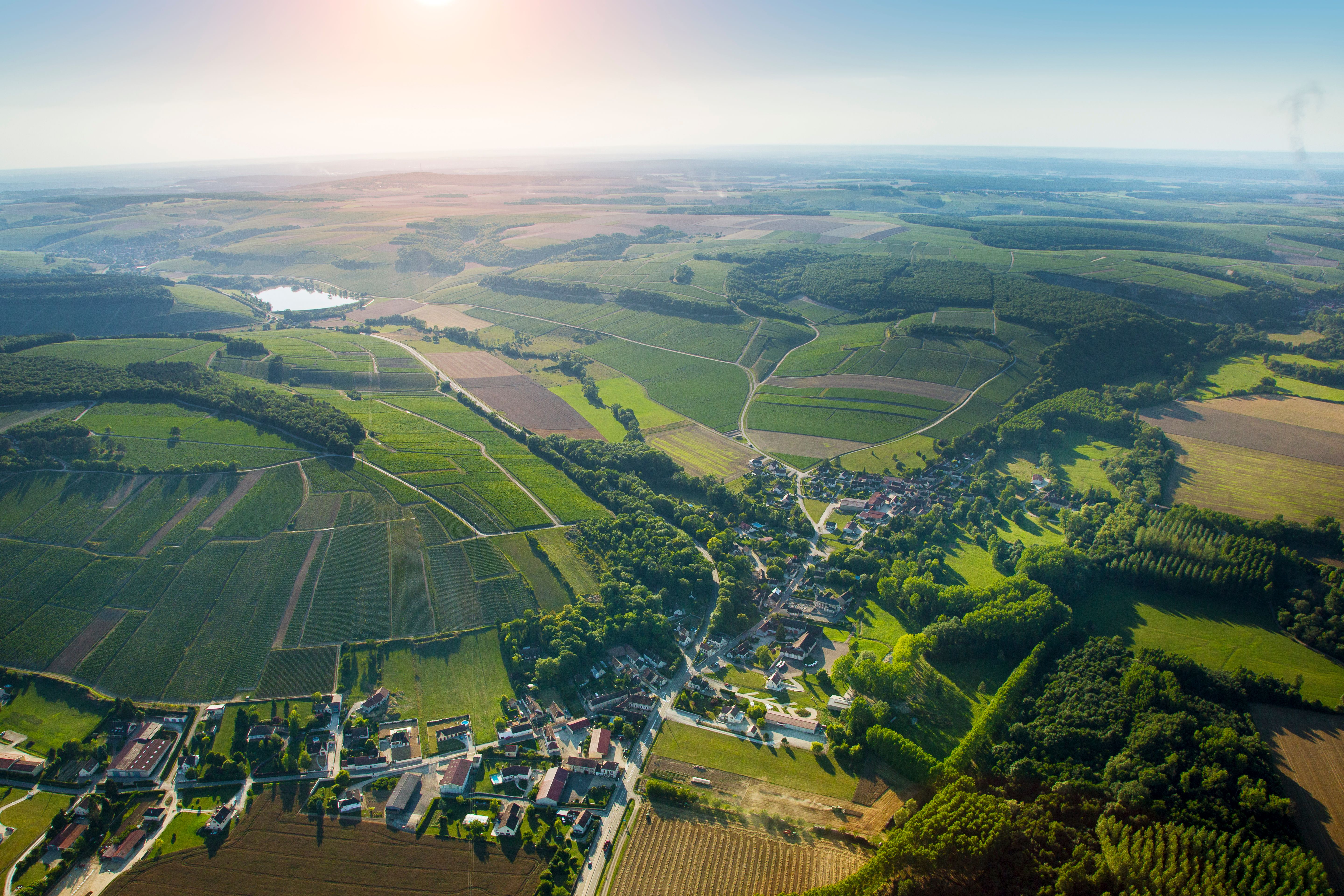To understand the wines of Petit Chablis you have to know its soils and how much sun its vineyards get compared to other parts of the wider appellation. Soils and climate that Domaine Yvon & Laurent Vocoret find ideal for the range of quality wines they are producing.
Petit Chablis is all about producing wines that are fresher, lighter and with easy drinking styles that make them so popular in the UK and all around the world. It is the soils that were formed from hard Portlandian limestone that differentiate it from the rest of Chablis.
The vineyards of the Petit Chablis appellation lie on either side of the river Serein and it was given its own AOC status in 1944. It can be seen as one of the ‘jewels in the crown’ of the Chablis region which the Bourgogne Wine Board helps provide a “golden gate” to Bourgogne as a whole.

Petit Chablis accounts for 19% of the overall Chablis appellation
Petit Chablis accounts for 19% of the overall Chablis appellations with around 1,230 hectares (2021) which are situated between 230m and 280m, some of the higher portions of the winegrowing slopes. Its soils are mainly brown and derived from the hard limestone that is such a feature of the appellation, with patches of sandy silts. Its average five year annual harvest is close to 53,000 hectolitres
It helps make straw coloured, green tinted hue styles of fruity, citrus mouthwatering Chardonnay that have a mineral backbone to them and notes of white flowers. Wines that Joe Fattorini from The Wine Show says have a “sophisticated seztiness and freshness to them” which comes from the intial burst of acidity on the palate, followed up by more rounded finish.
Petit Chablis wines are usually drunk young, within two years of bottling and are seen as a bright,fresh style of Chablis, which makes it an ideal partner for shell fish and oysters, but it can also tame heavier meat dishes or sit alongside hard cheeses such as Gouda and Gruyère and is ideal with goat cheese.
Domaine Yvon & Laurent Vocoret

Domaine Yvon & Laurent Vocoret is able to make wines that are true to the terroir of Petit Chablis
The Vocoret family has been making wine in Chablis since 1713 and the skills, knowledge and experience of the appellation has been passed down through the generations from its founder Jean Vocoret to now the sixth generation, Laurent Vocoret, who works with his father Yvon, who was the first in the family to bottle their own wine rather than sell it on in bulk to other producers.
Each of the generations that have come before have left their imprint on the wines, but most of all on the soils where they come from, says Laurent Vocoret. Generations that include Victor Hyppolite, born in 1863, who really started to make with some vines and “feuillettes” (small barrels) in the cellar.
Then came Henri Vocoret, born in 1895, and his wife, Louise, who, despite the First World War, managed to make the “small farm prosper with the help of his horses, his pride and joy, to produce excellent wine,” says Vocoret.
It was Yvon’s father Maurice, (1928-1998), and his wife Huguette (1933), who introduced innovations in the cellar that gave the winery its reputation for producing quality wine.
The wines of the estate still bear the imprint of this qualitative anticipation, the key word being respect (of the soil, of the grapes, of the wine…).

Yvon and Laurent Vocoret now work together to manage the estate and makes its wines
Today Laurent Vocoret (born 1979) manages the estate with the help of his wife, Clementine, and the support of his father Yvon, using the same principles as the generations that came before to respect the soil, and the grapes and the wines they can produce.
Vocoret says he is lucky to be able to grow grapes on vines that are planted on hillsides that were formed thanks to the geological movement of the Jurassic era some 150 million years ago.
“We make very characteristic Chablis wines, with a beautiful minerality which is the main thread of our wines. They have a lovely power, an acidity which allows them to be kept between three to eight years depending on whether it is a Petit Chablis or a Chablis Premier Cru,” says Laurent Vocoret.
Laurent Vocoret on Petit Chablis
”Petit Chablis is above all a convivial wine. It is the wine that we open when we have friends who drop by unexpectedly, it is the wine of the aperitif, the first glass calls for the second,” says Laurent Vocoret.
He adds: “It is round, fresh, with just the right amount of tension. Petit Chablis can be drunk on the terrace, in summer or in winter, it doesn’t matter. It goes equally well with charcuterie, shellfish and seafood.
“We have always said, however, that Petit Chablis is good to drink quickly, within three years maximum. However, some of our customers say they have come across a bottle that is more than 10 years old and found it to be very good and still full of freshness.”

Laurent Vocoret has introduced a concrete egg to help with a specific plot of grapes
Laurent Vocoret says he works carefully with the wines in the cellar, using barrels to help age the older vines on the estate, and has introduced a concrete egg to help work with a specific plot of Fourchaume..
“Otherwise we work in the same way as my father did, with respect for the vines. It’s important to pick the grapes at the right time and at the right level of maturity,” he says.
Vocoret works hard in the vineyard during the winter months to guard against climate change which can now result in hot temperatures in February, that can make the vines grow faster, followed by a cold spring and the more frequent risk of spring frosts by using candles and heating cables.
“We prune our vines late, which prevents them from growing too quickly. We are certified in HVE (high environmental value),” he says.
“The strength of the estate is its close-knit team. We are open every day for our customers and we respond quickly to their requests.”
- You can find our more about Petit Chablis at Bourgogne Wine Board website here.
- You can find out more about Domaine Yvon & Laurent Vocoret here.










































